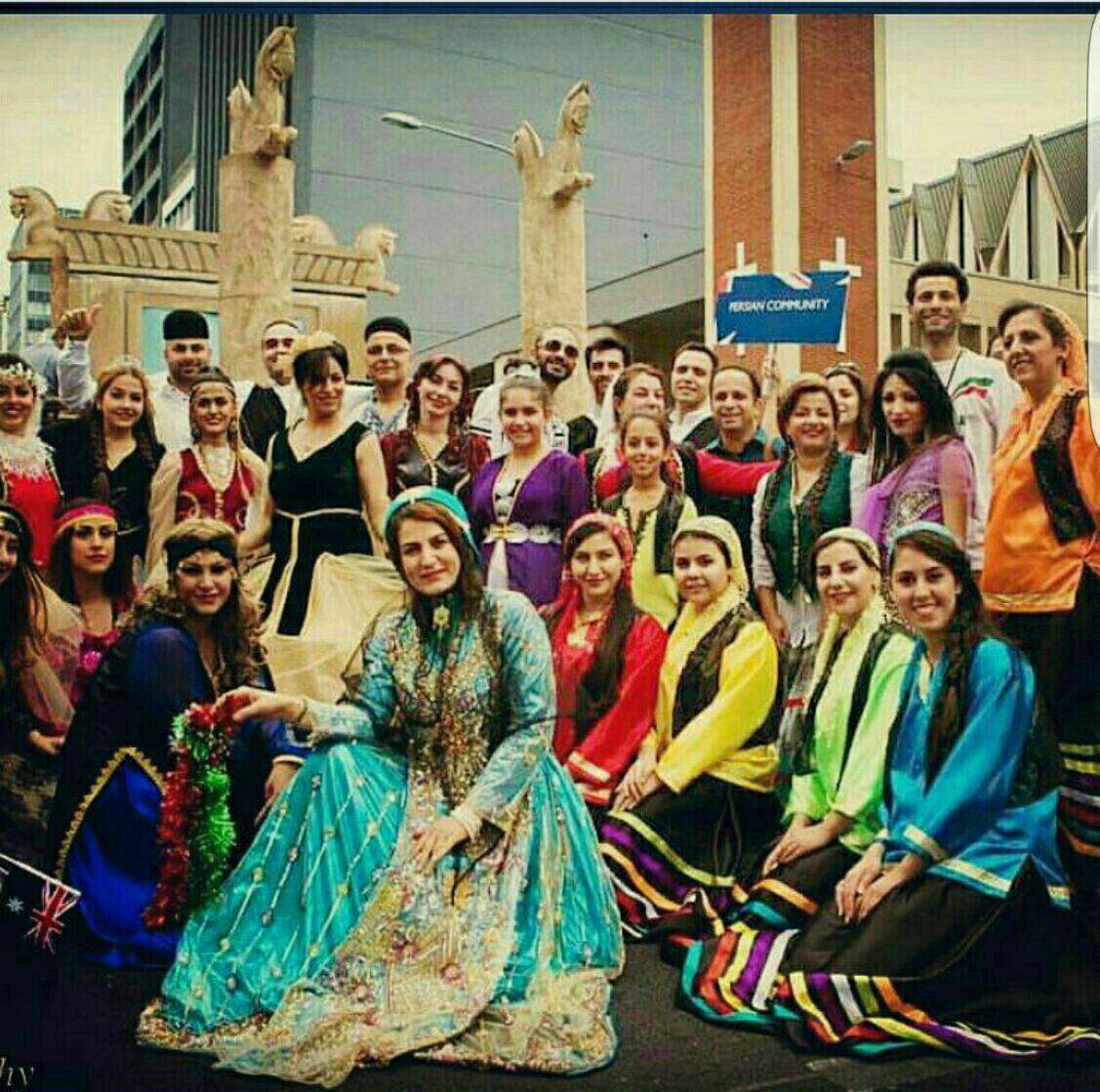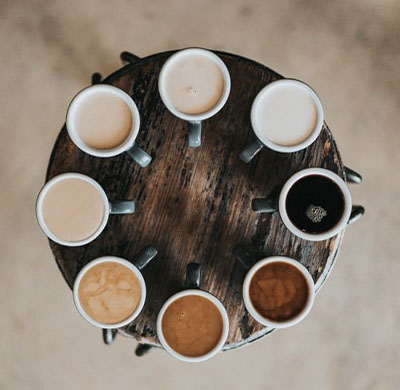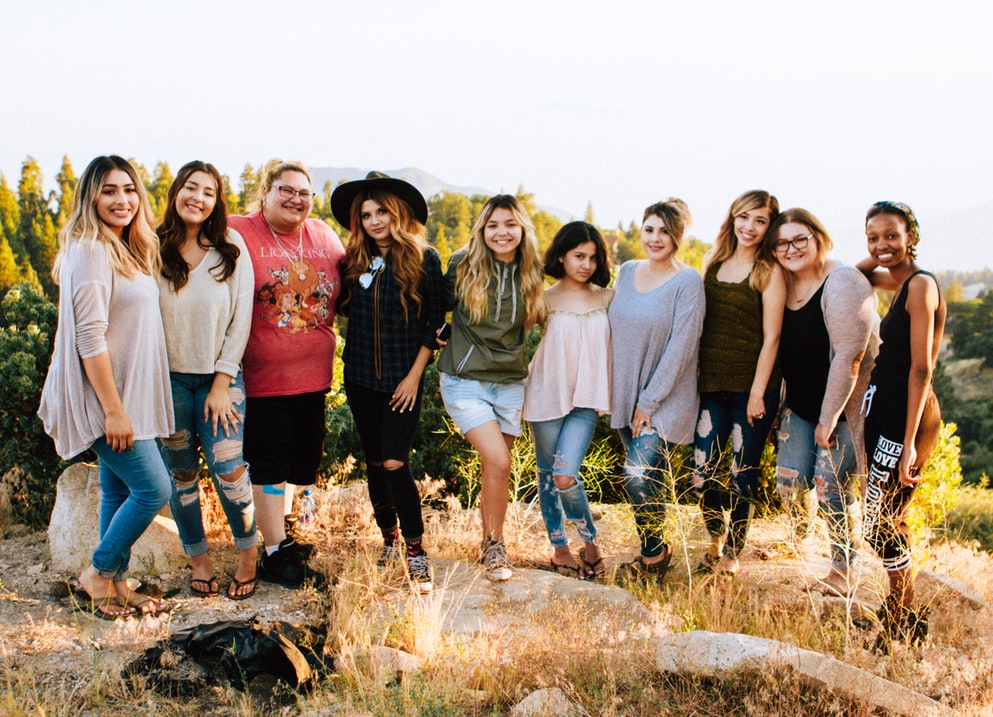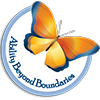Persian Community in Australia
The Australia’s language statistics show between 2011 and 2016 the number of people who spoke a different language than English at home has increased by 954,478. Among this population the number of people who speak Persian/Farsi at home has also been significantly increased by 56,271 in Australia.
Research shows that employment and active participation in Australian life has been a significant challenge for many people from Culturally and Linguistically Diverse Background (CALD) however according to the Settlement Services International (SSI) report in 2018 the changing landscape of the disability sector and NDIS in Australia offers huge opportunities to CALD communities.

ZANJANTOURISM.BLOG.IR
Other reports from Every Australian Counts Campaign 2019 show the potential scale of the economic benefits that the disability market including the NDIS will bring to NSW such as; “Creating an employment boom in NSW with 37,400-46,400 jobs created as a consequence”. There is a need to increase understanding of Australian values by fostering social interactions between established and emerging Persian migrant communities and to Australia in the years to come. The Persian community in Australia includes people from Iran, Afghanistan and Tajikistan where Persian dialects are also known as Farsi, Dari and Tajiki respectively.
Research and media shows that a proportion of the population who speak Persian at home has been increased in the most 10 recent years. According to SBS Farsi over 9.6% of this population do not speak English at all. Persian communities are based in Sydney, mainly in the western suburbs.

PHOTO BY NATHAN DUMLAO ON UNSPLASH
The main religion for them is Islam although the culture has some compassion towards disability and people with disability, but they still struggle with stigma and this prevents them to be involved within the disability sector and lose opportunities.
The refugee populations are mainly young people of working age, however they struggle with integration in the mainstream community. According to SBS, the immigrant population of Iranian heritage is known to be:

PHOTO BY OMAR LOPEZ ON UNSPLASH
- Engaged and belonging to discernible local Iranian communities
- Family oriented
- Have strong academic background and expectations
- Have strong market tastes & expectations
- Strong Social media presence
- News and media followers
- Politically active-1-
Many of the newly arrived Persian people are not familiar with the contemporary social and economic topics in Australia. On the other hand those people who are living in Australia for many years, because of cultural and lingual barriers and assumptions may not know about some topics such as the disability field. Therefore both these groups will lose economic opportunities that disability market including the NDIS provides. Reports from National Disability Services and Every Australian Counts Campaign 2019, show the potential scale of the economic benefits that the NDIS will bring to NSW such as; “Creating an employment boom in NSW with 37,400-46,400 jobs created as a consequence”. As mentioned above, according to the government’s reports “NDIS budget funding is growing strongly – from $13.3 billion in 2018-19 to almost $18 billion in 2019-20 and more than $22 billion in 2020-21”. Also there are huge moral and ethical values for the Persian communities to be involved with the needs of other disadvantaged people. Finally this project will increase understanding of Australian values by fostering social interactions between established and emerging Persian migrant communities.
